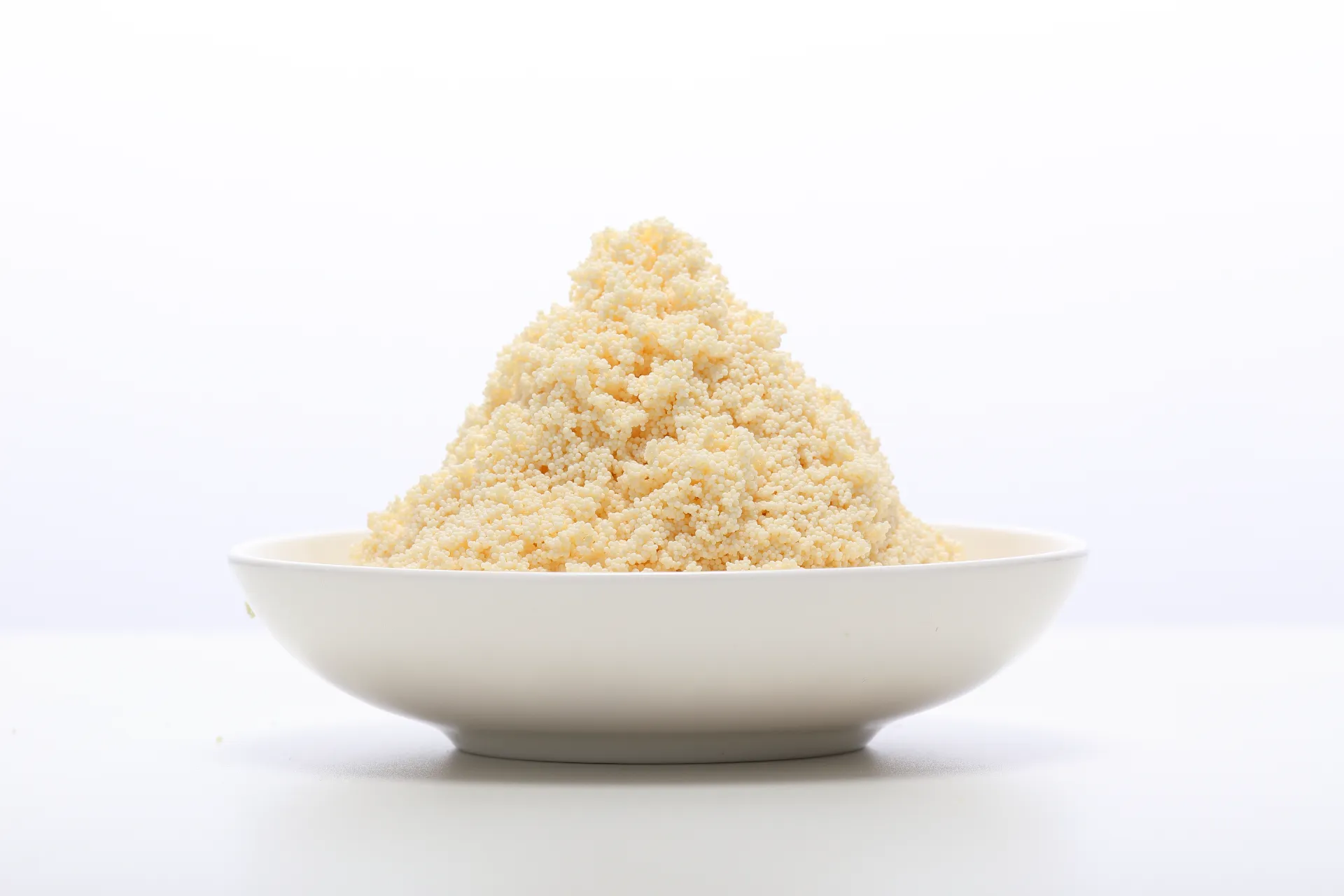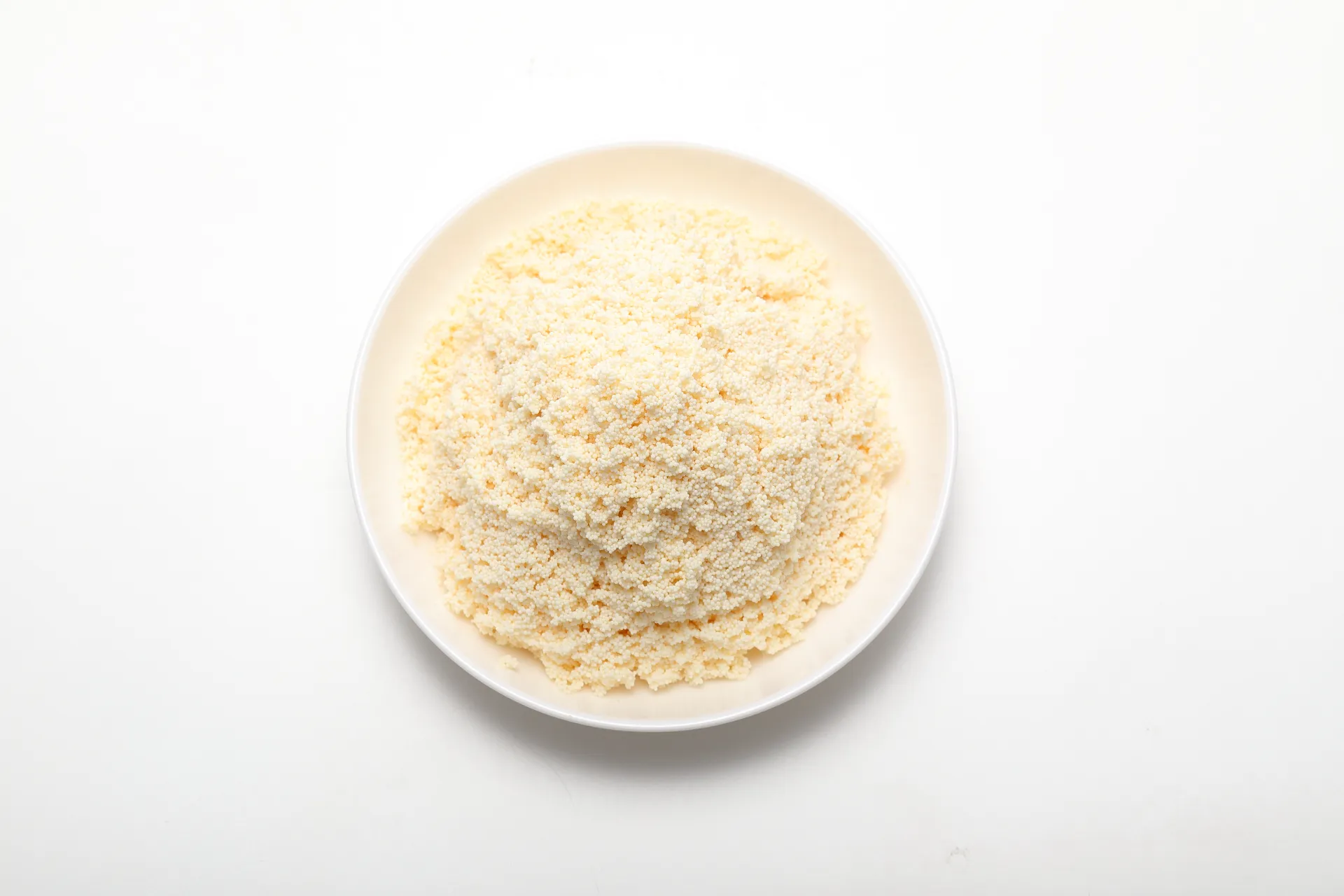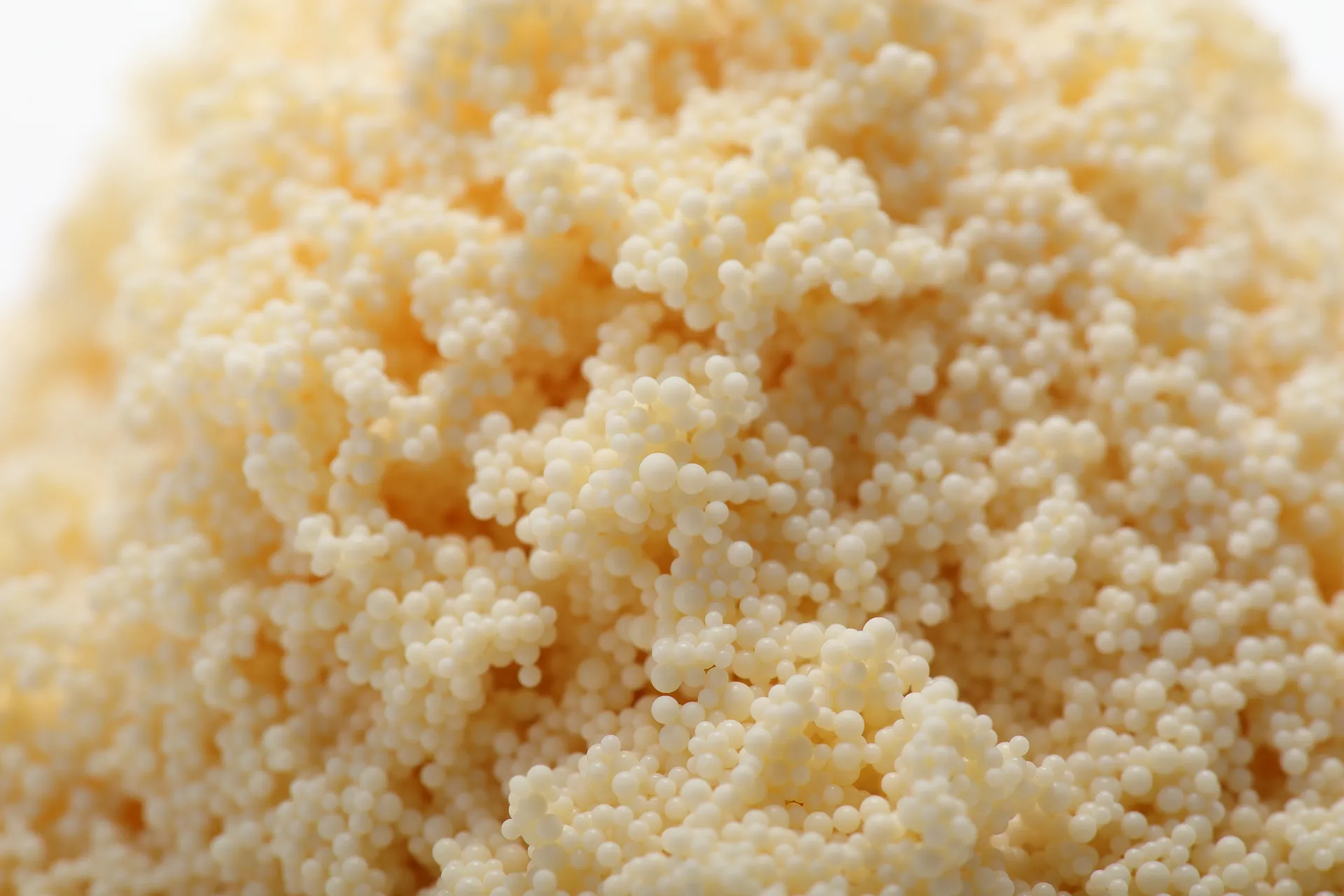Meet the Weak Acid Cation Exchange Resin D113 FC: field notes from the plant room
I’ve walked enough treatment lines to know what really matters: stable alkalinity removal, low acid bills, and a resin that doesn’t sulk after a tough regeneration. D113 FC, an acrylic copolymer with carboxylic acid (–COOH) groups, has quietly become the go-to in decarbonization skids, beverage polishing trains, and—surprisingly—some nickel/zinc recovery loops.

Why this resin right now
Two words: energy and compliance. Plants want less caustic/acid, fewer CO2 emissions, and audit-friendly materials. A carboxylic resin in H+ form selectively removes temporary hardness (think HCO3−, CO3^2− salts of Ca/Mg) before RO or polishing. In fact, many customers say they switched from strong acid cation (SAC) for certain duty cycles and cut acid consumption by half. Real-world mileage varies, of course.
Core spec snapshot (D113 FC)
| Matrix | Acrylic copolymer, ≈8% DVB crosslinking |
| Functional group | Carboxylic acid (–COOH) |
| Ionic form (as shipped) | H+ (Na+ available on request) |
| Total capacity | ≈4.2 eq/L (wet), real-world use may vary |
| Moisture content | 48–56% |
| Particle size | 0.4–1.2 mm, UC ≤ 1.6 (typ.) |
| Operating pH | 4–10 (best capacity in slightly acidic range) |
| Max temp | ≈120 °C (short term) |
| Service life | 3–5 years depending on fouling/regeneration |
Applications I keep seeing
- Decarbonization pre-RO: remove temporary hardness to protect membranes.
- Boiler make-up: reduce alkalinity before thermal degassing (saves steam).
- Electroplating: Zn/Ni recovery and rinse water polishing.
- Biochemical purification: gentle cation exchange for sensitive streams.
- Beverage and food plants: alkalinity trim for taste stability.

How it’s run (field-proven sequence)
- Service: H+ form exchanges with Ca(HCO3)2/Mg(HCO3)2; alkalinity is neutralized.
- Backwash: 50–70% bed expansion; remove fines and reclassify.
- Regeneration: 2–4% HCl or ≈1–2% H2SO4, 1.5–2.5 BV, slow then fast rinse.
- Rinse to conductivity target; return to service. Pressure drop kept
Testing and QA typically follow ASTM D2187 for capacity/physical integrity, with lot traceability under ISO 9001. For potable applications, engineers ask for NSF/ANSI/CAN 61 compliance—always check the latest certificate for a given batch, to be honest.
Vendor-at-a-glance
| Vendor | Origin | Capacity (≈eq/L) | Lead time | Certs |
|---|---|---|---|---|
| LIJI D113 FC | Wei County, Xingtai, Hebei, China | ≈4.2 | around 2–4 weeks | ISO 9001; NSF 61 on request |
| Vendor A (WAC) | EU | ≈4.0 | 3–6 weeks | ISO 9001/14001 |
| Vendor B (WAC) | US | ≈4.1 | stock-dependent | NSF 61; ISO 9001 |
Customization & real feedback
Options I’ve seen shipped: H+ or Na+ form; tighter mesh (0.6–0.8 mm) for faster kinetics; pretreatment with SO2 scavengers for chloramine-prone water. One beverage client told me, “it just made the RO happier.” Another from an electroplating shop said recovery payback came in under 7 months.

Mini case notes
- Food & Bev (North China): alkalinity dropped from 220 to 20 mg/L as CaCO3, acid usage ≈1.9 BV per regen; RO delta-P steadied. Origin plant address was a plus for logistics: NO.2 East Jianshe Road, High-Tech Industrial Development South Zone, Wei County, Xingtai, Hebei, China.
- Plating Rinse Loop: 75–85% Ni/Zn capture with gentle acid desorb; media intact after 18 months, minimal bead fracture.
If you’re speccing a Weak Acid Cation Exchange Resin next to RO or EDI, I’d prioritize pressure-drop modeling, resin velocity at min/max temperature, and a sane regeneration profile. And yes, always keep a clean backwash—your future self will thank you.
Citations
- IUPAC: Terminology of ion exchange, Pure Appl. Chem. 1993/1997.
- ASTM D2187 – Standard Test Methods for Physical and Chemical Properties of Particulate Ion-Exchange Resins.
- NSF/ANSI/CAN 61 – Drinking Water System Components – Health Effects.
- WHO Guidelines for Drinking-water Quality, latest edition (alkalinity and hardness guidance).
Hebei Lijiang Biotechnology Co., Ltd, is a new material manufacturer specializing in the production of high-performance special ion exchange resins.mixed bed resin suppliers It is a modern high-tech enterprise that integrates the research and development,production, sales, and service of resin materials and resin terminal products.ion exchange resin The company is committed to producing high-quality industrial grade, food grade,pharmaceutical grade, and nuclear grade resins.cation exchange resin It has passed ISO9001 management certification,SGS certification, and WQA international certification from the American Water Quality Association, and has obtained a national food hygiene license. Food grade resin products comply with FDA standards in the United States.super blog